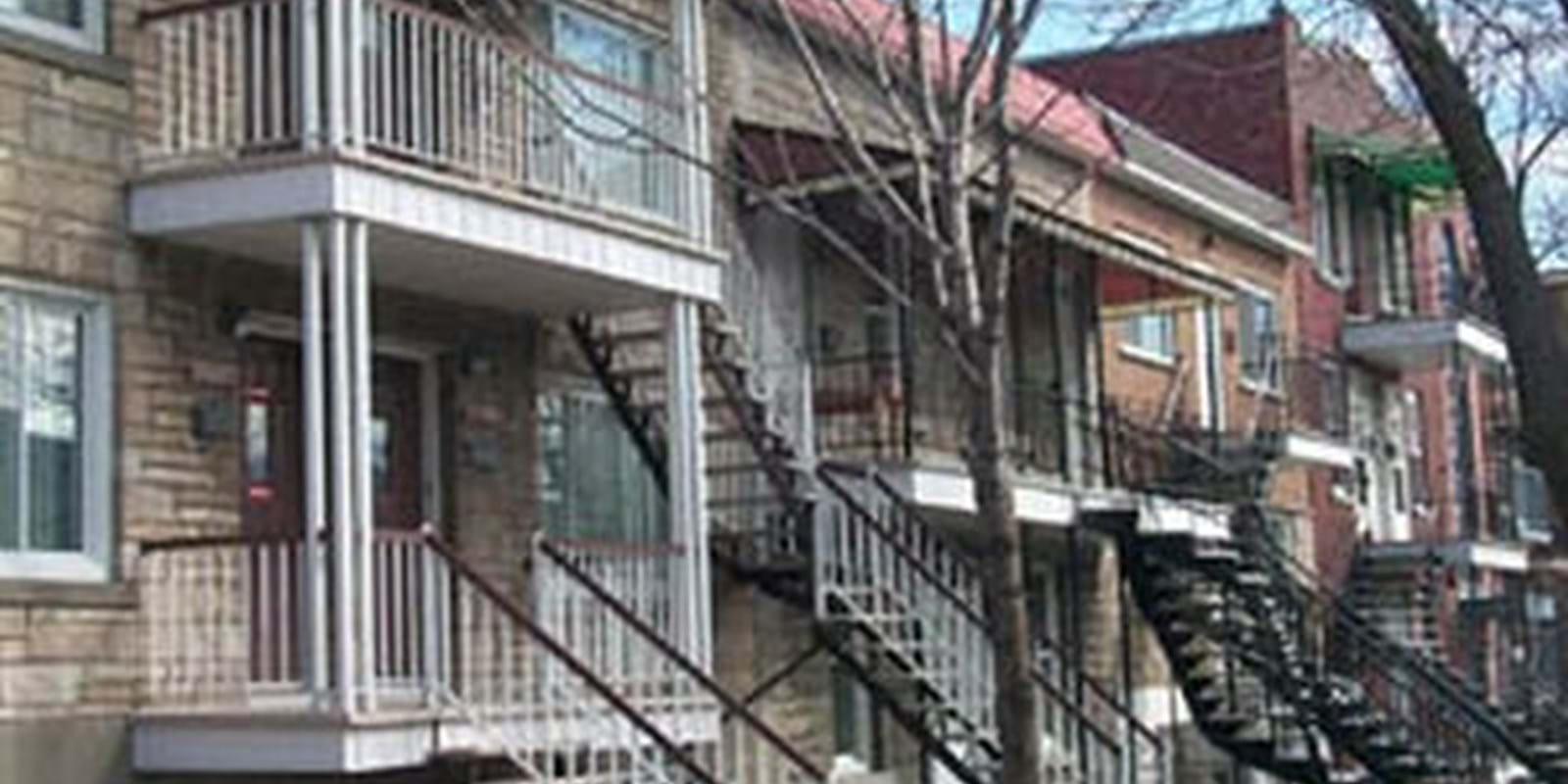Canada's housing market is showing signs of emerging from its winter hibernation, according to the latest Real Estate Trends report released by Scotia Economics. Nationally, home sales strengthened in both February and March, and preliminary reports suggest this firming trend continued in April.
The Real Estate Trends report notes that the rise in demand, combined with fewer new listings, has restored a better balance to the market. The national new-listings-to-sales ratio averaged 2.2 in March, down from a cycle peak of 2.7 last November (about 2.0 is considered balanced). Average home prices steadied in February and March, though were still down almost eight per cent year-over-year, or five per cent on a regional sales-weighted basis.
"These 'green shoots' are encouraging," said Adrienne Warren, Senior Economist and Real Estate Market Specialist, Scotia Economics. "On an annualized basis, average home prices in early 2009 are running about six per cent below last year's levels, while sales volumes are down 16 per cent. This is tracking a slightly better performance than our forecast for a 10 per cent decline in average prices this year, and at the low end of our forecast for a 15 per cent to 20 per cent drop in sales.
"Nonetheless, we still feel there is more downside than upside risk to home sales and prices," added Ms. Warren. "The significant deterioration in domestic labour markets in recent months suggests little prospect for a major resurgence in demand near-term. Meanwhile, a still high level of active listings relative to underlying demand will continue to pressure prices."
The report states that in contrast to the pickup in home sales, residential construction is being reined in even faster than anticipated, with builders quick to respond to falling new home prices, rising inventories and greater resale competition. Housing starts slumped to a decade-low of only 139,000 annualized units in Q1. Residential permit demand has slipped even further to around the 125,000 unit mark.
"While exacting a heavy toll on domestic demand and employment, the correction is nonetheless a necessary cyclical adjustment to an extended period of overbuilding," said Ms. Warren. "We now expect Canadian housing starts to total only 140,000 units this year, down from our February forecast of 155,000. The longer-term sustainable rate of housing starts, taking into account population growth and depreciating stock, is around 175,000 units annually."
Canada's condo market correction
The many construction cranes still dotting the skylines of Canada's major urban centres are raising concern over a pending oversupply of high-rise units. The supply of new condo units coming onto the market is now outpacing demand, pointing to some degree of overbuilding, and consequent downward pressure on prices, in the year ahead. However, the risk of developing a late-1980s-type glut, and an ensuing broad reversal in prices, still appears low.
The report highlights a number of factors that should help to contain unsold condominium inventory, including sharply lower multi-unit starts, falling permit demand, tighter financing requirements for developers, low rental vacancy rates and improving first-time buyer interest.
"In addition, we expect an increasing number of pre-construction project cancellations. A large share of unsold units are in pre-construction stage. Many of these projects will likely not go ahead, failing to achieve a sufficiently high level of sales to obtain financing. To the extent that any existing projects are cancelled, this in turn will create a pool of displaced buyers re-entering the market."
The report also shows that shifting demographics and demand preferences suggest the market can sustain a higher level of condominium housing stock than in the past. Multi-unit dwellings accounted for a record 24 per cent of Canada's owner-occupied housing in 2006, up from 20 per cent in 2001 and just 16 per cent in 1991. Between 2001 and 2006, the number of homeowners living in single detached homes rose just six per cent, while the number of homeowners choosing apartment-style living shot up 35 per cent.
The aggregate picture masks significant regional differences. Multi-unit housing is primary an urban phenomenon, as roughly three-quarters of Canada's apartment starts in recent years have been in the nation's six largest metropolitan areas: Toronto, Montreal, Vancouver, Ottawa, Calgary and Edmonton. Vancouver takes top spot for high-density living, with fully 50 per cent of homeowners opting for multi-units, double the national average.
Scotia Economics provides clients with in-depth research into the factors shaping the outlook for Canada and the global economy, including macroeconomic developments, currency and capital market trends, commodity and industry performance, as well as monetary, fiscal and public policy issues.

